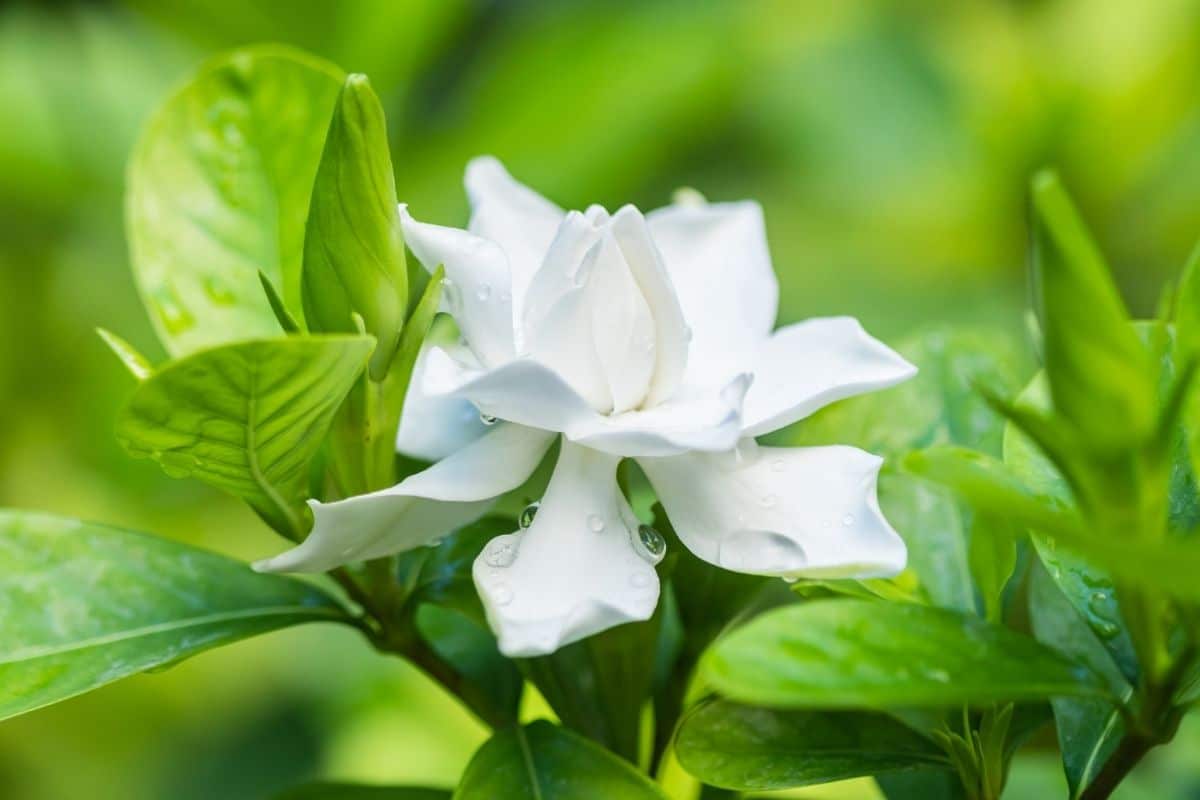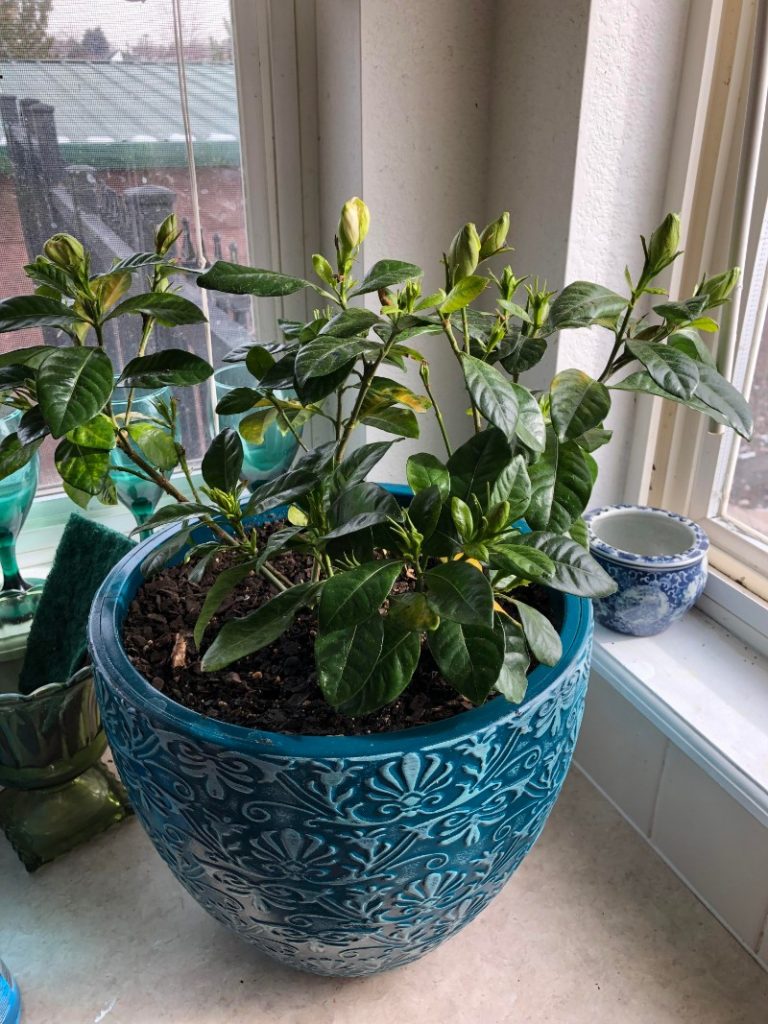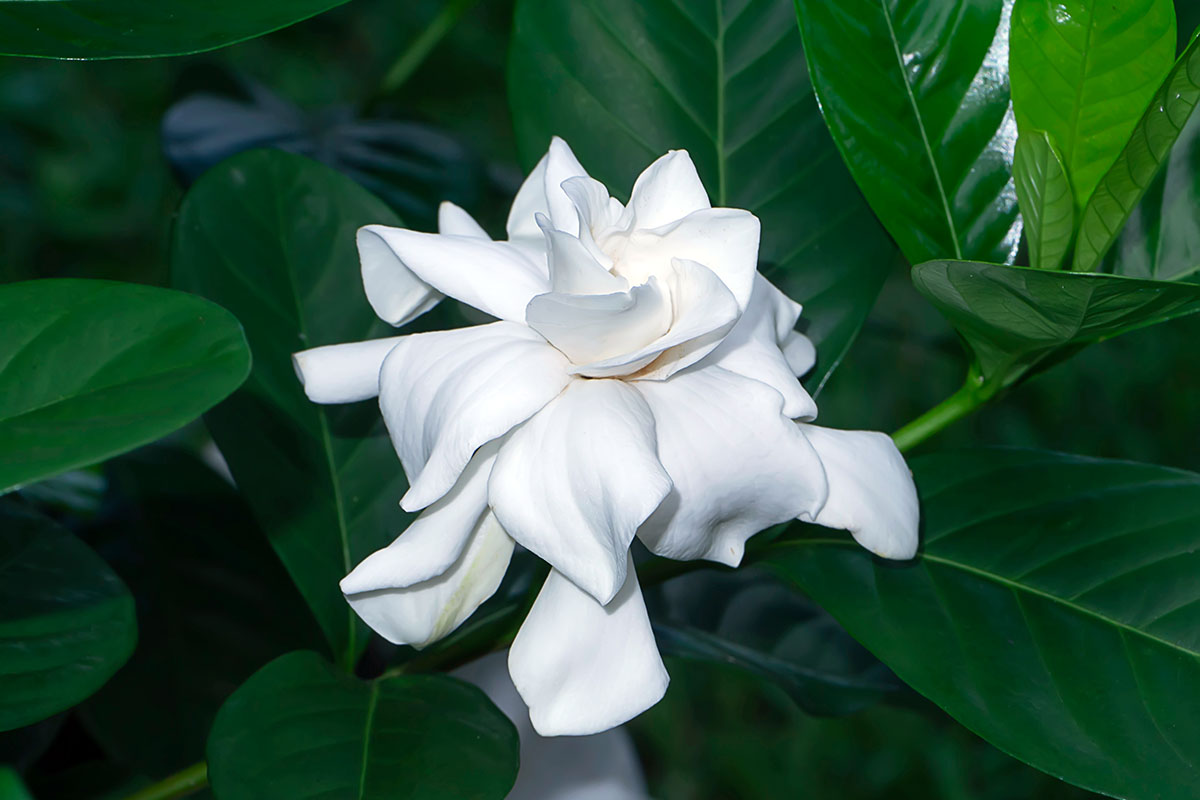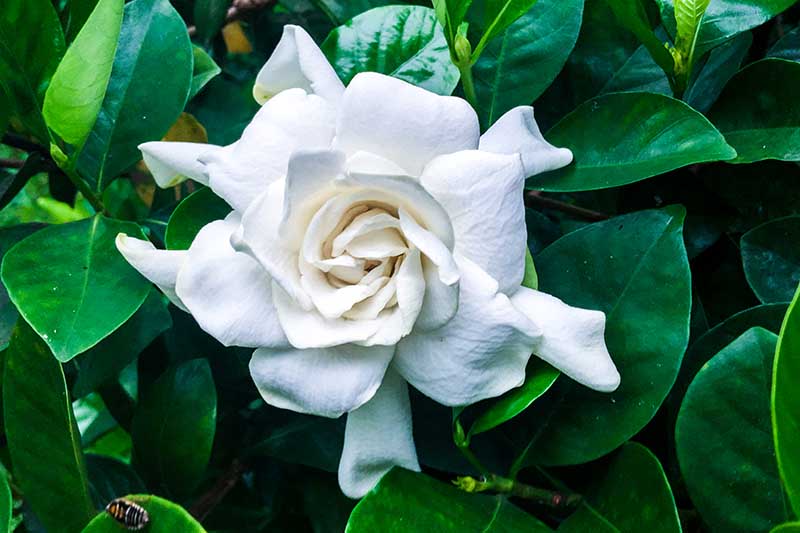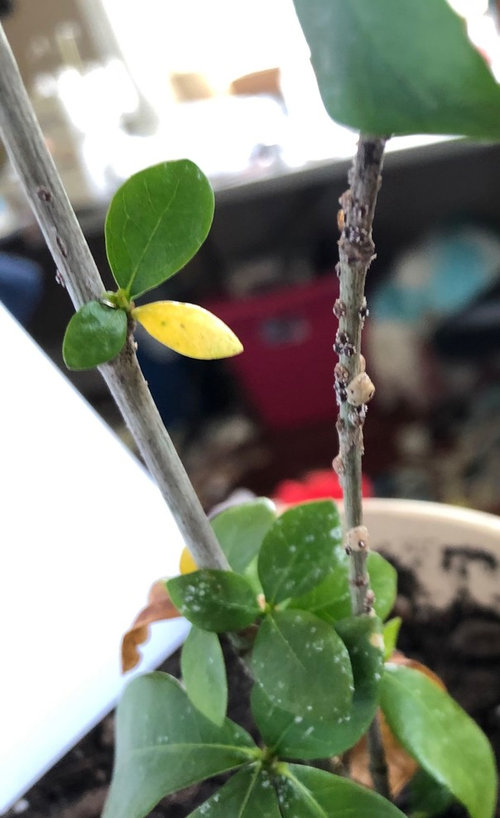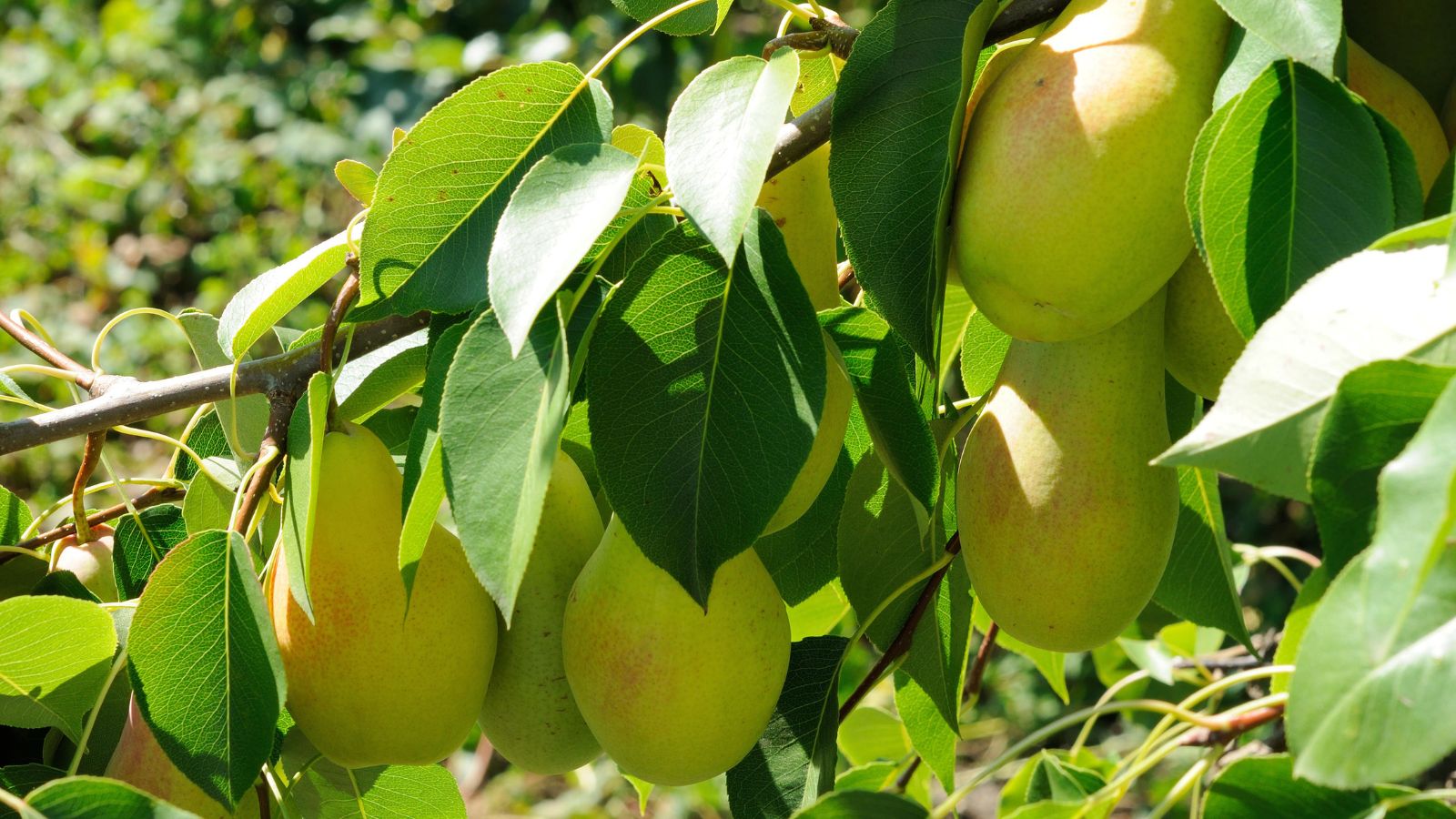Choosing the Perfect Gardenia Variety for Your Climate
When it comes to planting a gardenia, selecting the right variety for your climate is crucial for its survival and success. With over 200 species of gardenias, each with its unique characteristics, growth habits, and climate requirements, choosing the perfect one can be overwhelming. However, by understanding the different types of gardenias and their specific needs, you can make an informed decision and ensure your gardenia thrives.
Gardenias are generally classified into two main categories: evergreen and deciduous. Evergreen gardenias, such as Gardenia jasminoides, are the most common type and are known for their glossy, dark green leaves and fragrant white blooms. Deciduous gardenias, on the other hand, lose their leaves seasonally and are less common.
In terms of climate, gardenias prefer temperatures between 65°F to 75°F (18°C to 24°C) and high humidity. They thrive in USDA Hardiness Zones 8-11, but can be grown in cooler climates with proper protection and care. If you live in an area with harsh winters, consider growing a dwarf or compact variety, such as Gardenia ‘Radicans’ or Gardenia ‘Klein’s Hardy’, which are more tolerant of cold temperatures.
When selecting a gardenia variety, also consider factors such as soil type, sunlight, and moisture requirements. For example, Gardenia ‘Florida’ prefers well-draining acidic soil and partial shade, while Gardenia ‘Chuck Hayes’ tolerates a wider range of soil pH and can thrive in full sun.
By choosing the right gardenia variety for your climate and specific garden conditions, you’ll be well on your way to growing a healthy and thriving gardenia. Remember to also follow proper planting and care techniques, such as those outlined in this guide, to ensure your gardenia reaches its full potential.
Now that you’ve selected the perfect gardenia variety, it’s time to prepare the ideal soil for your new plant. In the next section, we’ll discuss the importance of soil quality for gardenias and provide tips on how to prepare the soil for optimal growth.
Preparing the Ideal Soil for Your Gardenia
Soil quality is a crucial factor in the success of your gardenia plant. Gardenias prefer well-draining, acidic soil that is rich in organic matter. To prepare the ideal soil for your gardenia, start by testing the pH level of your soil. Gardenias thrive in soil with a pH between 5.0 and 6.0. If your soil is too alkaline, you can add elemental sulfur or peat moss to lower the pH.
In addition to pH adjustment, fertilization is also essential for gardenias. Use a balanced, water-soluble fertilizer that is formulated for acid-loving plants. Apply the fertilizer according to the manufacturer’s instructions, taking care not to over-fertilize, which can damage the roots.
Organic matter is also vital for gardenias, as it helps to retain moisture, suppress weeds, and regulate soil temperature. Add a 2-inch layer of organic matter such as compost, leaf mold, or pine bark to the soil surface. Mix the organic matter into the top 6-8 inches of soil to create a well-draining and fertile growing medium.
When preparing the soil for your gardenia, also consider the importance of proper drainage. Gardenias do not like wet feet, so make sure the soil drains well to prevent root rot. If your soil is heavy clay or prone to waterlogging, consider raising the bed by 6-8 inches to improve drainage.
By preparing the ideal soil for your gardenia, you’ll be creating a foundation for healthy growth and development. Remember to also choose a location with bright, indirect light and consistent temperatures between 65-75°F (18-24°C). With proper soil preparation and care, your gardenia will thrive and provide beautiful blooms and fragrance for years to come.
Now that you’ve prepared the ideal soil for your gardenia, it’s time to plant it. In the next section, we’ll outline the steps involved in planting a gardenia, including digging, planting, and watering. We’ll also emphasize the importance of proper planting depth, spacing, and soil moisture.
How to Plant a Gardenia: A Step-by-Step Process
Planting a gardenia requires careful attention to detail to ensure the best possible start for your new plant. Here’s a step-by-step guide on how to plant a gardenia:
Step 1: Dig a hole that is twice as wide and just as deep as the root ball of your gardenia. If your soil is poorly draining, consider raising the bed by 6-8 inches to improve drainage.
Step 2: Gently remove the gardenia from its container and loosen the roots on the bottom and sides of the root ball. This will help the roots grow outward and establish themselves in the new soil.
Step 3: Place the gardenia in the hole, making sure the root flare (where the stem meets the roots) is level with the soil surface. Fill in the hole with a mix of soil and organic matter, tamping it down gently as you go to prevent air pockets.
Step 4: Water the gardenia thoroughly after planting, and continue to keep the soil consistently moist during the first few weeks after planting. Avoid overwatering, which can lead to root rot and other problems.
Step 5: Mulch around the base of the gardenia to retain moisture, suppress weeds, and regulate soil temperature. Keep the mulch layer thin (about 2-3 inches) and avoid piling it against the stem.
Proper planting depth, spacing, and soil moisture are critical for the success of your gardenia. Planting too deeply can cause the roots to rot, while planting too shallowly can cause the roots to dry out. Make sure to space your gardenias far enough apart (about 3-5 feet) to allow for good air circulation and prevent overcrowding.
By following these steps and tips, you’ll be able to give your gardenia the best possible start and enjoy its beauty and fragrance for years to come. In the next section, we’ll discuss how to provide optimal care for your newly planted gardenia, including watering, fertilizing, pruning, and pest management.
Providing Optimal Care for Your Newly Planted Gardenia
Caring for a newly planted gardenia requires attention to its watering, fertilizing, pruning, and pest management needs. Proper care will help your gardenia establish a strong root system, promote healthy growth, and encourage blooming.
Watering: Gardenias prefer moist soil, but make sure not to overwater. Check the soil daily, and water only when the top inch of soil feels dry to the touch. Avoid getting water on the leaves or crown of the plant to prevent fungal diseases.
Fertilizing: Feed your gardenia with a balanced, water-soluble fertilizer (20-20-20) once a month. You can also use a fertilizer specifically formulated for acid-loving plants like gardenias. Follow the manufacturer’s instructions for application rates and timing.
Pruning: Prune your gardenia regularly to maintain its shape, promote healthy growth, and encourage blooming. Remove any dead or damaged leaves or stems, and cut back overgrown branches to encourage new growth.
Pest Management: Check your gardenia regularly for pests like whiteflies, mealybugs, and aphids. Use organic or integrated pest management methods to control infestations, such as neem oil, insecticidal soap, or horticultural oil.
Common mistakes to avoid when caring for a newly planted gardenia include overwatering, underwatering, and inadequate sunlight. Make sure to provide your gardenia with bright, indirect light and consistent temperatures between 65-75°F (18-24°C).
Troubleshooting tips: If your gardenia is not blooming, check for adequate sunlight, fertilization, and watering. If your gardenia is dropping leaves, check for overwatering, underwatering, or root bound conditions.
By following these care tips, you’ll be able to provide your gardenia with the optimal conditions it needs to thrive. In the next section, we’ll discuss common mistakes to avoid when planting gardenias, including overwatering, underwatering, and inadequate sunlight.
Common Mistakes to Avoid When Planting Gardenias
When planting gardenias, it’s essential to avoid common mistakes that can lead to poor growth, disease, and pest issues. Here are some common mistakes to watch out for:
Overwatering: Gardenias don’t like wet feet, so make sure not to overwater. Check the soil daily, and water only when the top inch of soil feels dry to the touch. Avoid getting water on the leaves or crown of the plant to prevent fungal diseases.
Underwatering: On the other hand, gardenias need consistent moisture to thrive. Make sure to water your gardenia regularly, especially during hot and dry weather.
Inadequate Sunlight: Gardenias need bright, indirect light to bloom and thrive. Make sure to plant your gardenia in a location that receives at least 4-6 hours of direct sunlight per day.
Incorrect Soil pH: Gardenias prefer acidic soil with a pH between 5.0 and 6.0. If your soil is too alkaline, your gardenia may not thrive. Test your soil pH regularly and adjust it if necessary.
Insufficient Fertilization: Gardenias need regular fertilization to promote healthy growth and blooming. Use a balanced, water-soluble fertilizer (20-20-20) once a month, and follow the manufacturer’s instructions for application rates and timing.
Poor Pruning: Prune your gardenia regularly to maintain its shape, promote healthy growth, and encourage blooming. Remove any dead or damaged leaves or stems, and cut back overgrown branches to encourage new growth.
By avoiding these common mistakes, you can help your gardenia thrive and enjoy its beauty and fragrance for years to come. In the next section, we’ll discuss gardenia planting tips for specific garden styles, including container gardens, hedge gardens, and fragrant gardens.
Gardenia Planting Tips for Specific Garden Styles
Gardenias can be incorporated into various garden styles to add beauty and fragrance. Here are some tips and ideas for planting gardenias in different garden styles:
Container Gardens: Gardenias can thrive in containers, provided they receive adequate sunlight and water. Choose a container that is at least 12-18 inches deep and has good drainage holes. Use a well-draining potting mix and fertilize regularly.
Hedge Gardens: Gardenias can be used to create a beautiful hedge or screen. Plant them 3-5 feet apart and prune regularly to maintain shape and promote healthy growth.
Fragrant Gardens: Gardenias are known for their fragrant blooms, making them a great addition to fragrant gardens. Plant them near walkways or seating areas to enjoy their scent.
Butterfly Gardens: Gardenias attract butterflies and other pollinators, making them a great addition to butterfly gardens. Plant them with other nectar-rich flowers to create a butterfly-friendly garden.
Shade Gardens: Gardenias can tolerate partial shade, making them a great addition to shade gardens. Plant them under trees or in areas with dappled shade.
By incorporating gardenias into your garden design, you can add beauty, fragrance, and interest to your outdoor space. Remember to choose a variety that is suitable for your climate and garden conditions, and provide optimal care for your gardenias to ensure they thrive.
In the next section, we’ll discuss common pests and diseases that affect gardenias, including whiteflies, mealybugs, and root rot. We’ll also provide organic and integrated pest management solutions to address these issues.
Dealing with Pests and Diseases in Gardenias
Gardenias are susceptible to various pests and diseases that can affect their health and appearance. Here are some common pests and diseases that can affect gardenias and how to manage them:
Whiteflies: These tiny insects can cause damage to gardenias by sucking sap from the leaves and transmitting diseases. Use neem oil or insecticidal soap to control whitefly infestations.
Mealybugs: These small, white insects can cause damage to gardenias by sucking sap from the leaves and stems. Use neem oil or insecticidal soap to control mealybug infestations.
Root Rot: This fungal disease can cause damage to gardenias by rotting the roots and preventing the plant from absorbing water and nutrients. Improve soil drainage and avoid overwatering to prevent root rot.
Leaf Spot: This fungal disease can cause damage to gardenias by creating small, circular spots on the leaves. Use fungicides to control leaf spot and improve air circulation around the plant.
Integrated Pest Management (IPM): IPM is a holistic approach to managing pests and diseases that involves using a combination of techniques, such as cultural controls, biological controls, and chemical controls. Use IPM to manage pests and diseases in your gardenias and minimize the use of chemical pesticides.
Organic Pest Control: Organic pest control methods, such as neem oil and insecticidal soap, can be used to control pests and diseases in gardenias. These methods are safer for the environment and human health than chemical pesticides.
By managing pests and diseases effectively, you can help your gardenias thrive and maintain their beauty and fragrance. In the next section, we’ll discuss how to enjoy the fruits of your labor and maintain the health and appearance of your gardenias over time.
Enjoying the Fruits of Your Labor: Gardenia Maintenance and Enjoyment
Congratulations You’ve successfully planted and cared for your gardenia. Now it’s time to enjoy the beauty and fragrance of your hard work. Here are some tips on how to maintain the health and appearance of your gardenia over time:
Regular Pruning: Prune your gardenia regularly to maintain its shape and promote healthy growth. Remove any dead or damaged leaves or stems, and cut back overgrown branches to encourage new growth.
Fertilization: Fertilize your gardenia regularly to provide it with the necessary nutrients for healthy growth. Use a balanced, water-soluble fertilizer (20-20-20) once a month, and follow the manufacturer’s instructions for application rates and timing.
Pest and Disease Management: Keep an eye out for pests and diseases that can affect your gardenia, such as whiteflies, mealybugs, and root rot. Use organic and integrated pest management solutions to address these issues.
Soil Maintenance: Maintain the health and fertility of your soil by adding organic matter such as compost or manure. This will help to improve soil structure, increase soil fertility, and support healthy microbial activity.
Enjoy the Fragrance: Gardenias are known for their beautiful fragrance, so take time to enjoy it Place your gardenia in a location where you can appreciate its scent, such as near a window or in a fragrant garden.
Share the Beauty: Share the beauty of your gardenia with friends and family by giving them cut flowers or plants. This is a great way to spread the joy of gardening and share the beauty of your hard work.
By following these tips, you can enjoy the beauty and fragrance of your gardenia for years to come. Remember to always provide optimal care for your gardenia, and it will reward you with its stunning blooms and intoxicating scent.


